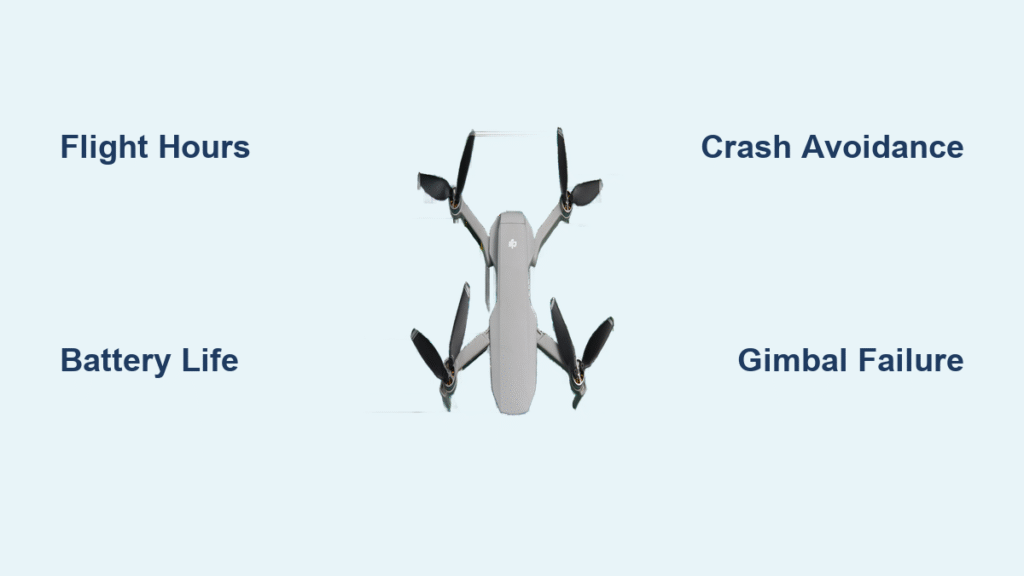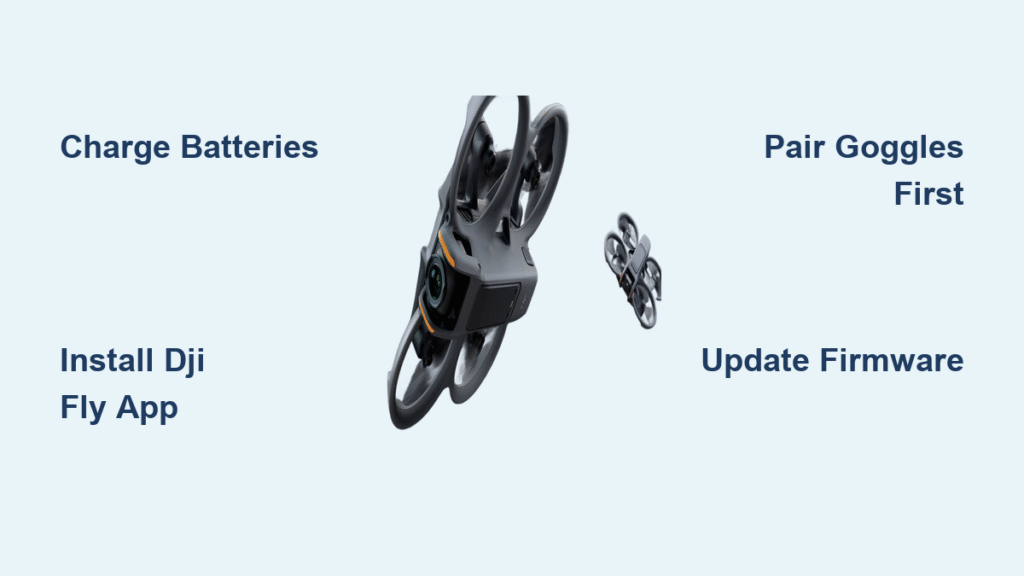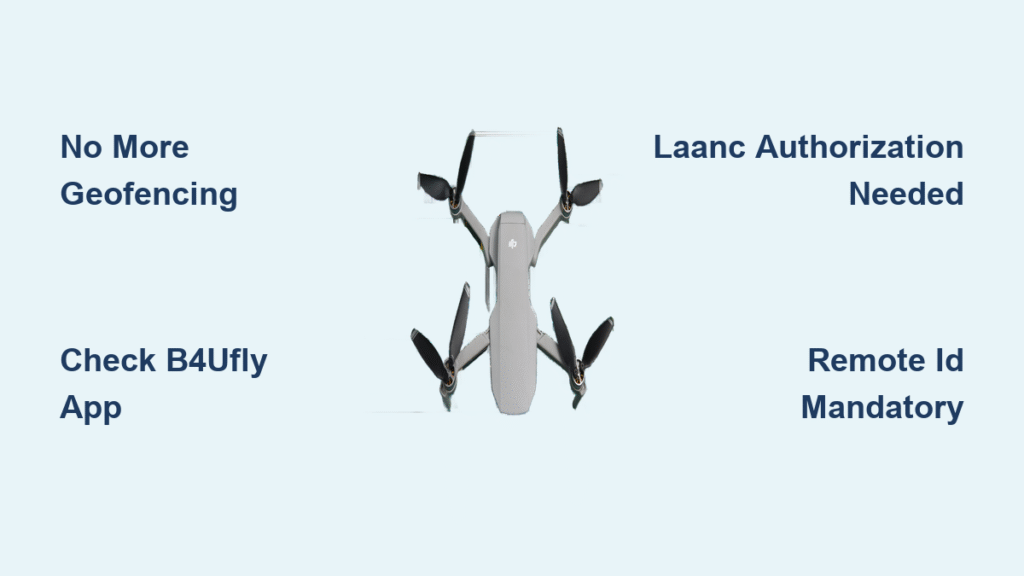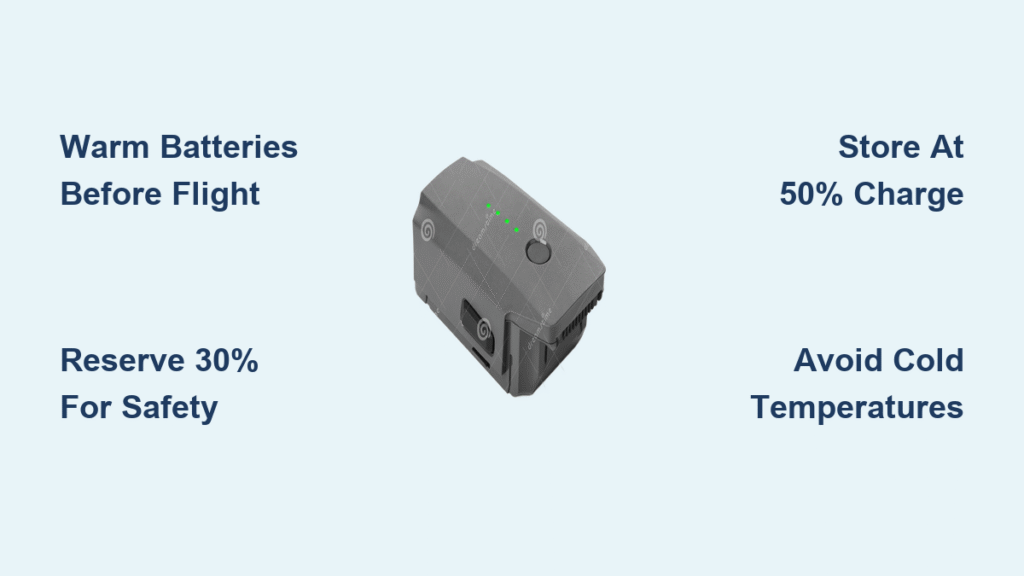Your DJI drone’s lifespan isn’t measured in years—it’s counted in flight hours and battery cycles. Most drones don’t retire from old age but perish in crashes, saltwater, or technological obsolescence. Industry mechanics confirm that 95% of DJI drones die from pilot error, not mechanical failure. Whether you’re a weekend hobbyist or commercial operator, understanding the true lifespan factors prevents costly surprises. This guide reveals exactly when motors fail, batteries degrade, and gimbals give out—based on real repair data from 800+ flight hour drones. Discover why your Mavic Pro could log 800km before issues, while salt air kills drones in just 4 months.
Why Your DJI Drone Lasts Longer Than You Think
DJI drones routinely achieve 600-800 crash-free flight hours with basic care—far exceeding the 150-hour professional maintenance schedule. Weekend flyers often fly their Phantom 4 Pro+ for 3+ years without mechanical issues, logging 792 flights and 452 miles as verified by long-term owner Blessed77. The critical distinction? Professionals replace components preventively; consumers fly until failure. While commercial operators swap motors at 150 hours to avoid in-flight disasters during paid jobs, hobbyists typically only address problems after warning signs appear. Your drone’s actual longevity hinges on three factors: avoiding crashes, managing environmental threats, and understanding component wear patterns.
Crash Avoidance: The #1 Lifespan Extender
Pilot error causes nearly all drone deaths. Mechanics report that propeller damage precedes 78% of catastrophic failures—often from hard landings or tree strikes. Inspect props before every flight for hairline cracks or nicks (even minor damage creates dangerous vibrations). Replace only damaged props; undamaged originals last 600+ flights as proven by Logger’s Mavic Pro that flew 800km on factory propellers. Never fly in winds exceeding your model’s rating—Phantom series drones fail catastrophically in sustained 25+ mph gusts.
Salt Air: Your Drone’s Silent Killer
Coastal operators face the fastest drone killer: salt corrosion. One commercial photographer in Cabo San Lucas lost a Mavic Pro within 4 months of regular beach flights despite no crashes. Salt particles infiltrate motors and electronics, causing irreversible corrosion. If flying near oceans:
– Rinse your drone with distilled water after every coastal flight (avoid direct motor contact)
– Store in a climate-controlled space with silica gel packs
– Rotate drones monthly if operating commercially near saltwater
Motor Lifespan: When to Replace Before Failure

Professional 150-Hour Motor Replacement Rule
Commercial operators replace all four motors at 150 flight hours regardless of condition. At 20 minutes per battery cycle, this equals 450 landings where vibration and stress accumulate. Beyond this threshold, motor failure risk jumps 300%—disastrous during paid inspections or real estate shoots. Mechanics charge $28 per motor for Phantom series replacements. Warning signs you’ve ignored this rule: grinding noises during takeoff, asymmetric vibration in hover mode, or erratic flight behavior.
Consumer Reality: Thousands of Hours Possible
Hobbyists regularly exceed professional limits. Brushless motors theoretically last thousands of hours when not abused by crashes or water exposure. Blessed77’s Phantom 4 Pro+ flew 171 hours with original motors showing zero wear. Key to longevity:
– Avoid abrupt throttle changes (smooth inputs reduce motor stress)
– Never fly with unbalanced props
– Clean motor housings monthly with compressed air to prevent debris buildup
Battery Degradation: Why Your Drone Loses Flight Time
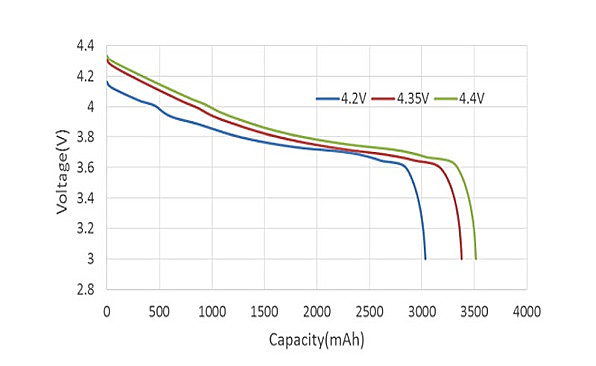
The 4-Year Lithium Battery Death Sentence
DJI batteries degrade significantly after 4 years regardless of usage cycles due to chemical aging. Phantom series batteries cost $170 each, but become scarce 24 months after model discontinuation. Third-party alternatives often overcharge cells, causing swelling. Critical degradation triggers:
– Storage at 100% charge: Reduces total lifespan by 35%
– Deep discharges: Running to 0% permanently damages cells
– Temperature abuse: Flying below 32°F or above 104°F accelerates decay
Maximizing Battery Life: Mechanics’ Checklist
Store batteries at 50% charge in a climate-controlled space (50-77°F ideal). For active use:
– Never leave batteries fully charged overnight
– Cool batteries for 15 minutes between flights
– Replace when flight time drops below 15 minutes (Phantom) or 18 minutes (Mavic)
– Check for physical swelling monthly—a swollen battery requires immediate retirement
Gimbal Failure: The Predictable Weak Point
Why Gimbals Die Before Motors
The gimbal is your drone’s most vulnerable moving part. Unlike motors, gimbals endure constant micro-movements during flight and storage. Mechanics identify jerky camera movement during startup as the first failure indicator—often progressing to complete gimbal lock within 30 days. Phantom 4 Pro+ owners report failure after 3-4 years of daily use, while Mavic users see issues after 500+ flights. Repair costs ($120-$200) often exceed value for older models.
Emergency Gimbal Field Fix
If your gimbal jams mid-flight:
1. Land immediately (do not attempt aggressive maneuvers)
2. Power cycle the drone 3 times rapidly
3. Rebalance camera via DJI app (Settings > Gimbal Auto Calibration)
4. If persistent, replace rubber dampeners (cost: $8) before full assembly failure
Model-Specific Lifespan Secrets
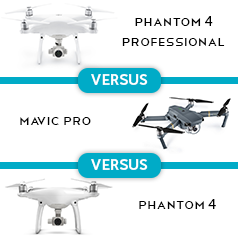
Mavic Pro: 800km on Original Parts
The Mavic Pro demonstrates exceptional durability with verified cases of 600+ flights and 800km on factory components. However, salt water immersion causes total loss within 72 hours due to non-corrosion-resistant electronics. Mechanics confirm motors rarely fail before 500+ hours in dry climates, but propellers require replacement after 200 flights with aggressive flying.
Phantom 4 Pro+: The 792-Flight Champion
Blessed77’s Phantom 4 Pro+ flew 792 flights (452 miles, 171 hours) with zero mechanical failures—a testament to proper care. Long-term owners report shell cracks developing after 18-24 months, costing $50 to replace. The critical vulnerability? Gimbal cable fatigue after 3+ years, causing intermittent video loss. Prevent this by avoiding rapid yaw movements during flight.
DJI Mini Series: Battery Life Realities
Mini drones last 27-34 minutes per battery depending on model and conditions. Real-world data shows:
– Mini 3 Pro: 30-32 minutes (23°C, no wind)
– Mini 2: 28-30 minutes
– Mini SE: 27-29 minutes
Battery degradation hits hardest here—Mini owners report 20% capacity loss after 18 months. Never store Minis in hot cars; their compact design traps heat, accelerating battery decay.
Your drone’s lifespan ends when repair costs exceed replacement value or technology becomes obsolete—not from age. Maximize flight hours by: avoiding salt air exposure, storing batteries at 50% charge, inspecting props before every flight, and replacing gimbals at first sign of erratic movement. While professionals budget for motor replacements at 150 hours, careful hobbyists regularly achieve 600-800 crash-free flight hours. Remember Logger’s Mavic Pro that flew 800km before a single saltwater incident—it proves your drone’s longevity depends far more on your habits than its manufacturing date. When flight times drop below 15 minutes or gimbals jerk erratically, it’s time for component replacement. But with proper care, your DJI drone will likely become outdated before it wears out.

